Labour reshuffle: the biggest winners and losers
Keir Starmer’s ‘reshuffle kerfuffle’ began badly with Angela Rayner row

Keir Starmer’s first shadow cabinet reshuffle, following Labour’s damaging election losses in its traditional heartlands, has been widely seen as a messy affair.
Reshuffles are “moments when leaders have a chance to assert their authority”, says the BBC’s Laura Kuenssberg, but Starmer’s handling of it was “a mess that could have been avoided – and a knock to his authority he didn’t need”.
Winners
The Week
Escape your echo chamber. Get the facts behind the news, plus analysis from multiple perspectives.

Sign up for The Week's Free Newsletters
From our morning news briefing to a weekly Good News Newsletter, get the best of The Week delivered directly to your inbox.
From our morning news briefing to a weekly Good News Newsletter, get the best of The Week delivered directly to your inbox.
It “began badly with a bust up with his deputy, Angela Rayner”, says Kuenssberg. Leaked plans to fire Rayner as the party’s chair and national campaigns co-ordinator prompted accusations on Saturday that she was being made a scapegoat for the party’s poor local election results.
However, by Sunday, Rayner – whose position as deputy leader is an elected one – appeared to come out of the row victorious. The line from Starmer loyalist Ian Murray, the shadow Scottish secretary, speaking to Sophy Ridge on Sky News yesterday, was that Rayner had not been sacked but “offered a significant promotion”.
The Times says Starmer “invented a 24-word job title” for her in the “reshuffle kerfuffle” – that of “deputy leader, shadow first secretary of state, shadow chancellor of the Duchy of Lancaster and shadow secretary of state for the future of work”.
The announcement of further changes to the shadow cabinet was reportedly delayed as Starmer and Rayner held “an intense and often acrimonious day of negotiations”. And when the new team was announced, it seemed “overwhelmingly similar to its previous incarnation”, says The Times.
A free daily email with the biggest news stories of the day – and the best features from TheWeek.com
The most significant promotion was for Rachel Reeves, who moved from shadow chancellor of the Duchy of Lancaster to shadow chancellor.
Losers
Anneliese Dodds was demoted from shadow chancellor to party chair to make room for Reeves. The Daily Mirror predicted the move as long ago as March, when some Labour MPs told the newspaper they were “growing frustrated” with Dodds, amid fears that the Oxford East MP was “struggling to communicate the party’s direction”.
Meanwhile, Nick Brown, the 70-year-old “veteran chief whip who had held the role under Tony Blair, Gordon Brown, Jeremy Corbyn and then Starmer, was dismissed”, and replaced by his deputy Alan Campbell, says The Times.
Valerie Vaz, shadow leader of the House of Commons, was replaced by Thangam Debbonaire, who had held the housing brief.
But some have suggested that Starmer himself might become the biggest loser of the reshuffle. Several MPs told The Guardian on Sunday that his “botched attempt to sideline Rayner had increased the chances he could face a leadership challenge in the coming months”.
The Telegraph notes that “he is not yet being openly challenged” but says “the warnings and the severity of criticism from the Left complicates his attempts to keep the party united, undercutting the stability of his position”.
-
 ‘Let 2026 be a year of reckoning’
‘Let 2026 be a year of reckoning’Instant Opinion Opinion, comment and editorials of the day
-
 Why is Iran facing its biggest protests in years?
Why is Iran facing its biggest protests in years?TODAY’S BIG QUESTION Iranians are taking to the streets as a growing movement of civic unrest threatens a fragile stability
-
 How prediction markets have spread to politics
How prediction markets have spread to politicsThe explainer Everything’s a gamble
-
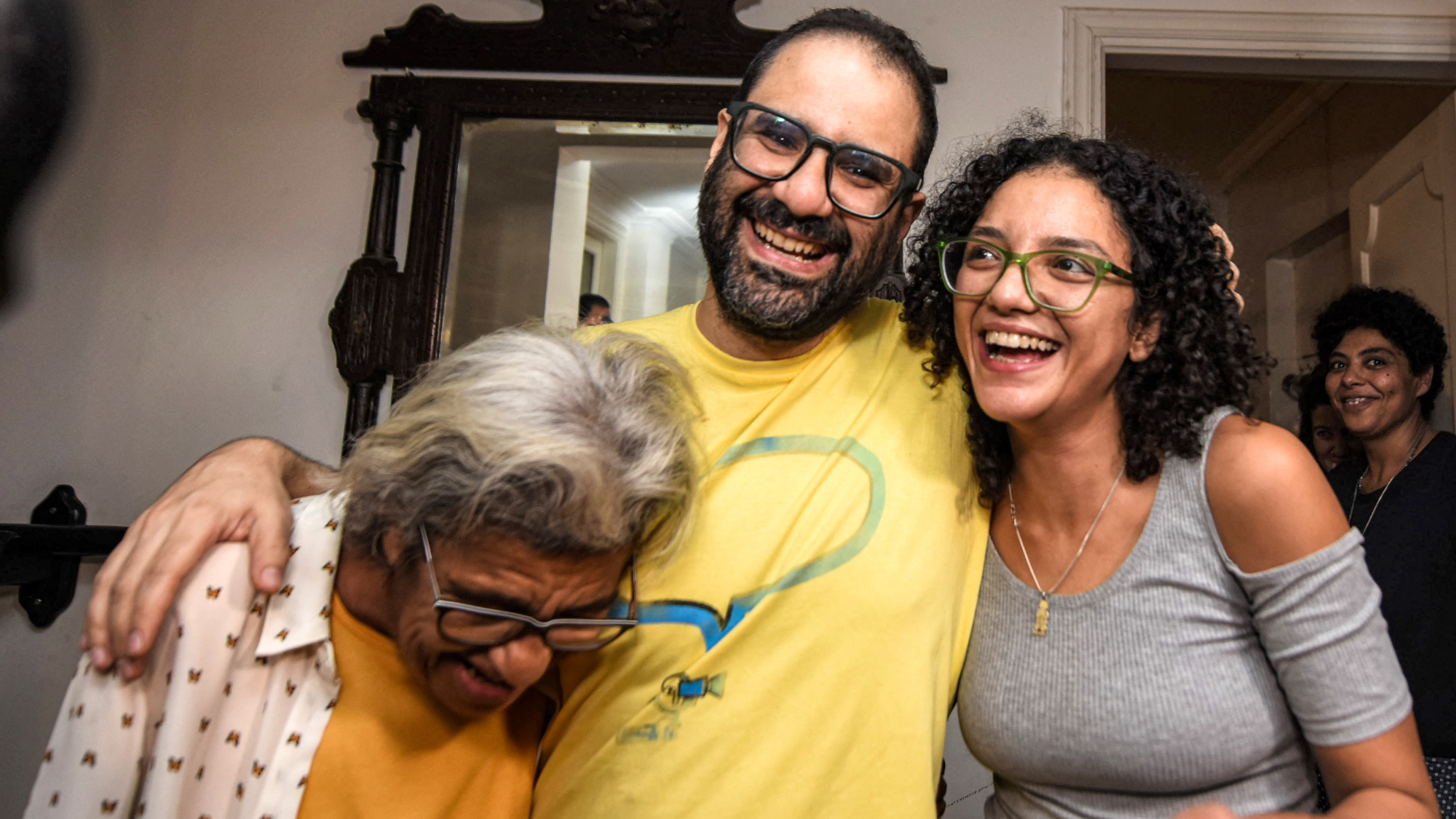 Alaa Abd el-Fattah: should Egyptian dissident be stripped of UK citizenship?
Alaa Abd el-Fattah: should Egyptian dissident be stripped of UK citizenship?Today's Big Question Resurfaced social media posts appear to show the democracy activist calling for the killing of Zionists and police
-
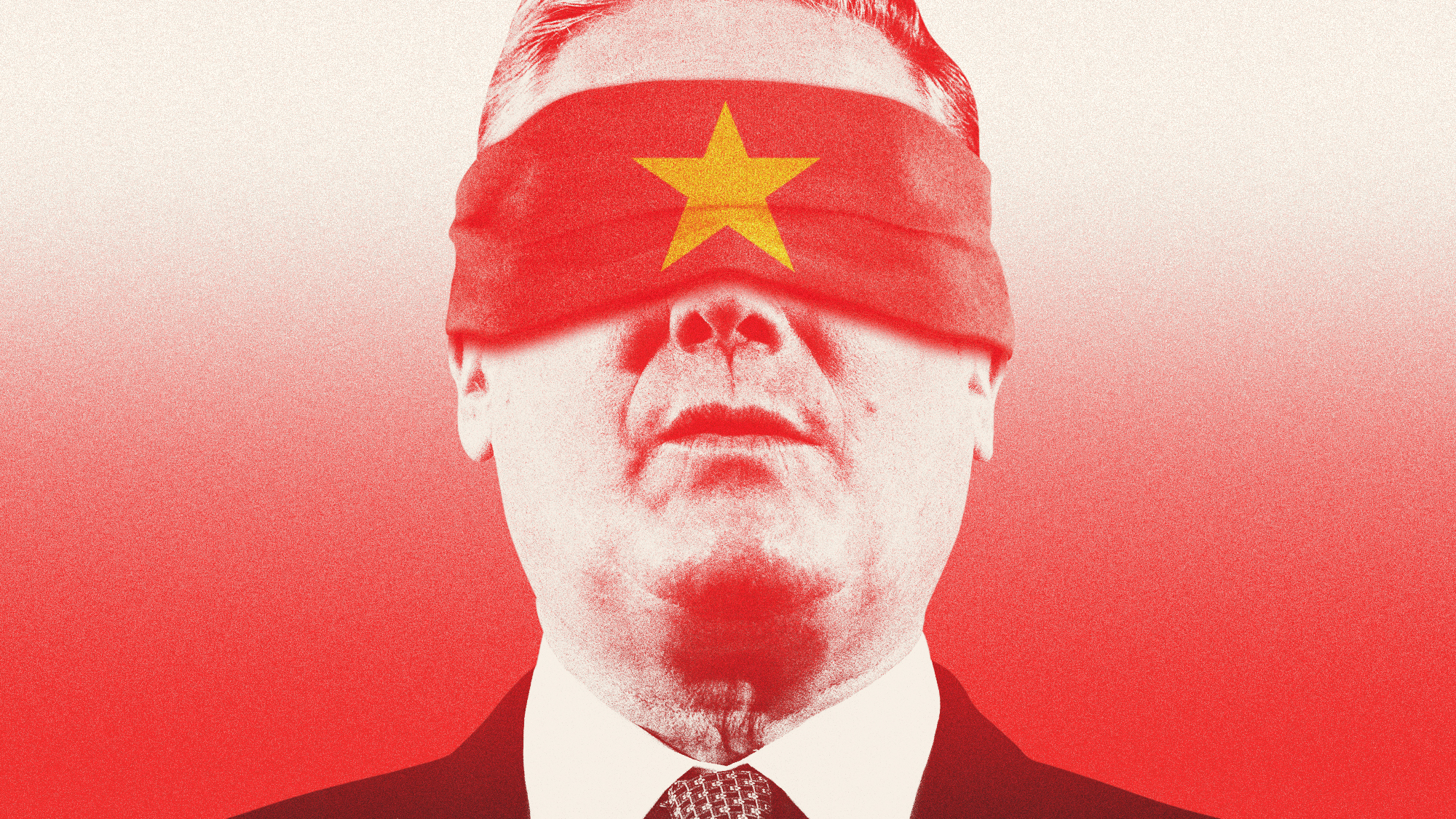 Is Keir Starmer being hoodwinked by China?
Is Keir Starmer being hoodwinked by China?Today's Big Question PM’s attempt to separate politics and security from trade and business is ‘naïve’
-
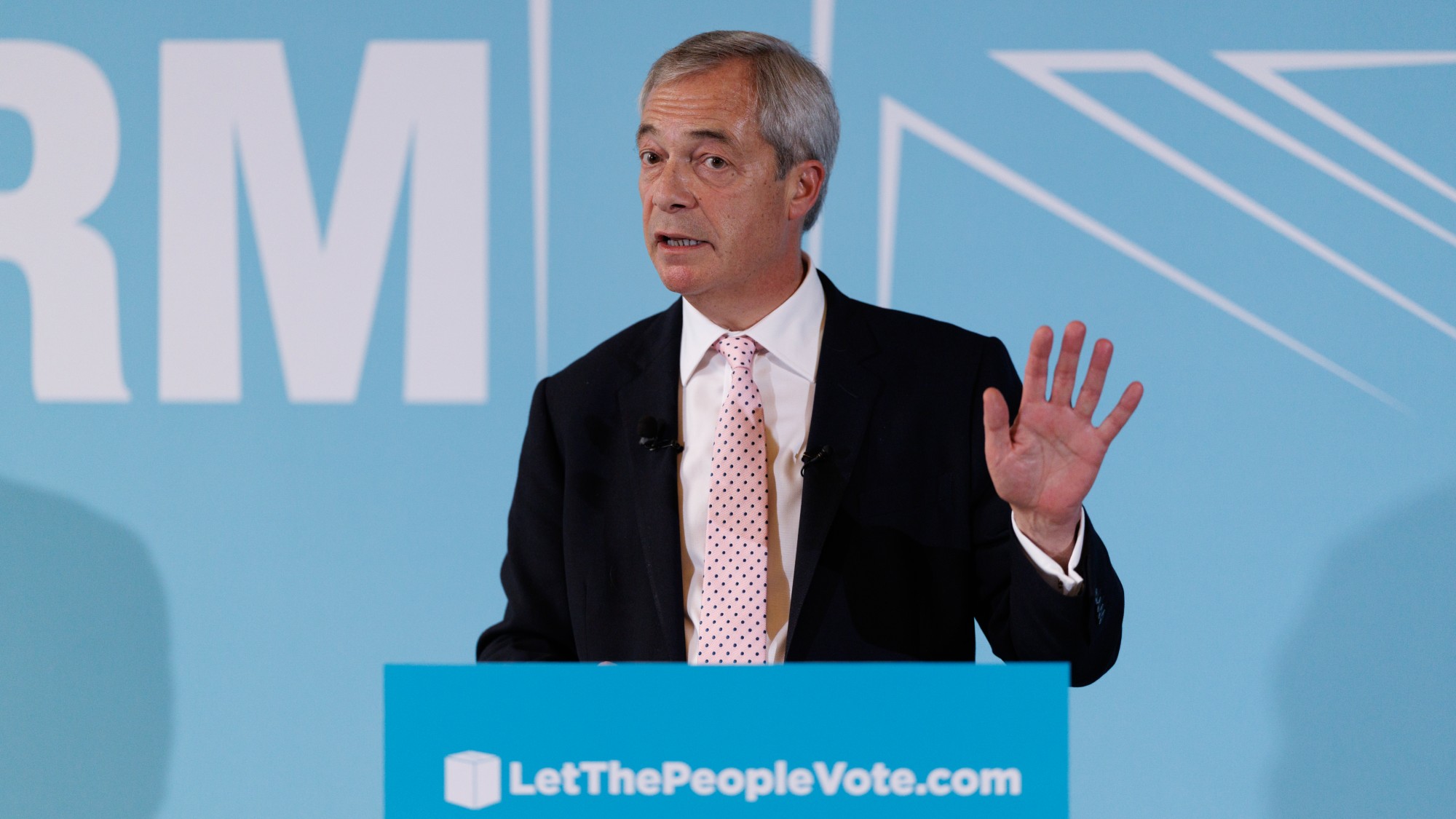 Nigel Farage’s £9mn windfall: will it smooth his path to power?
Nigel Farage’s £9mn windfall: will it smooth his path to power?In Depth The record donation has come amidst rumours of collaboration with the Conservatives and allegations of racism in Farage's school days
-
 ECHR: is Europe about to break with convention?
ECHR: is Europe about to break with convention?Today's Big Question European leaders to look at updating the 75-year-old treaty to help tackle the continent’s migrant wave
-
 Is a Reform-Tory pact becoming more likely?
Is a Reform-Tory pact becoming more likely?Today’s Big Question Nigel Farage’s party is ahead in the polls but still falls well short of a Commons majority, while Conservatives are still losing MPs to Reform
-
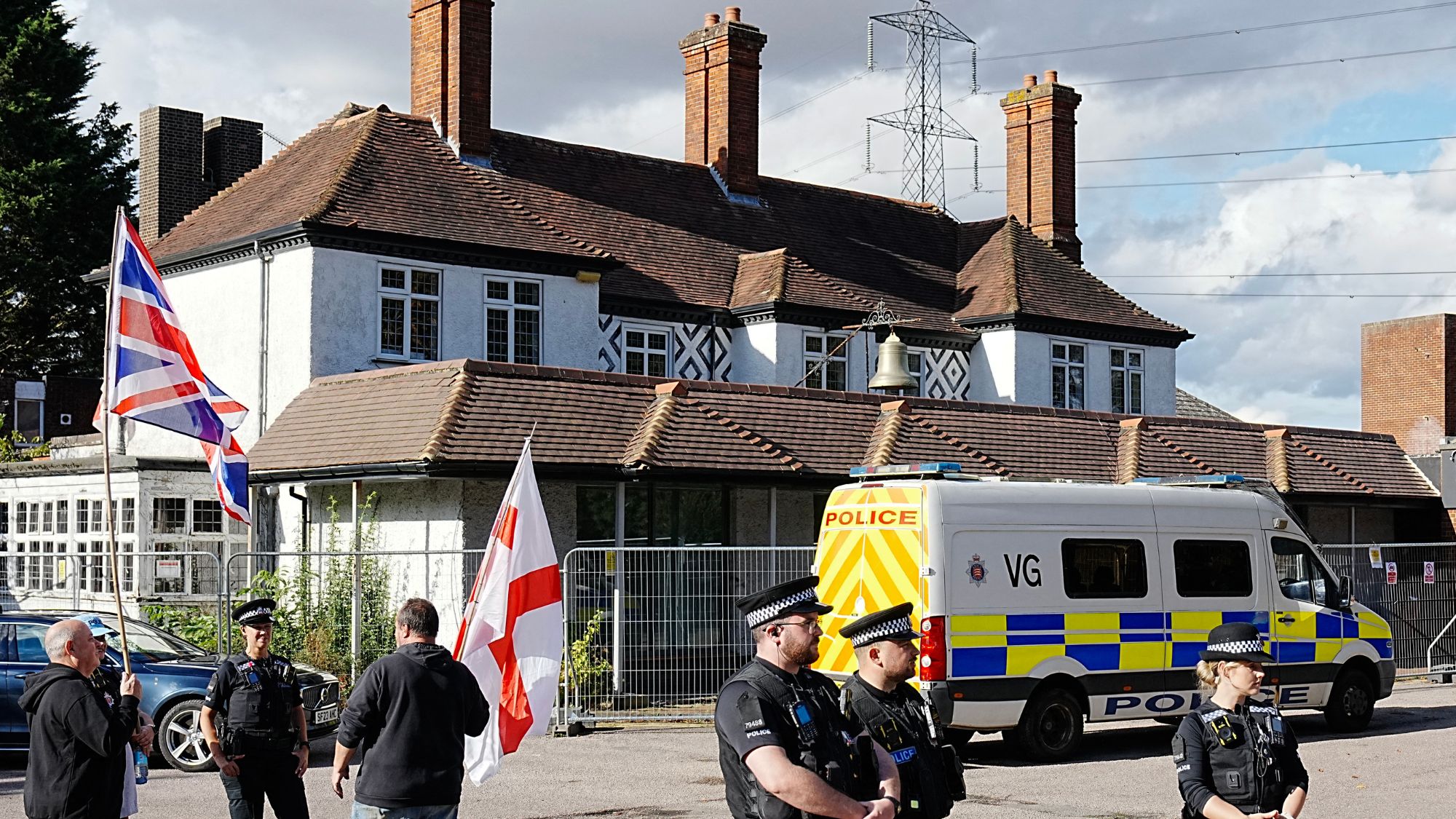 Asylum hotels: everything you need to know
Asylum hotels: everything you need to knowThe Explainer Using hotels to house asylum seekers has proved extremely unpopular. Why, and what can the government do about it?
-
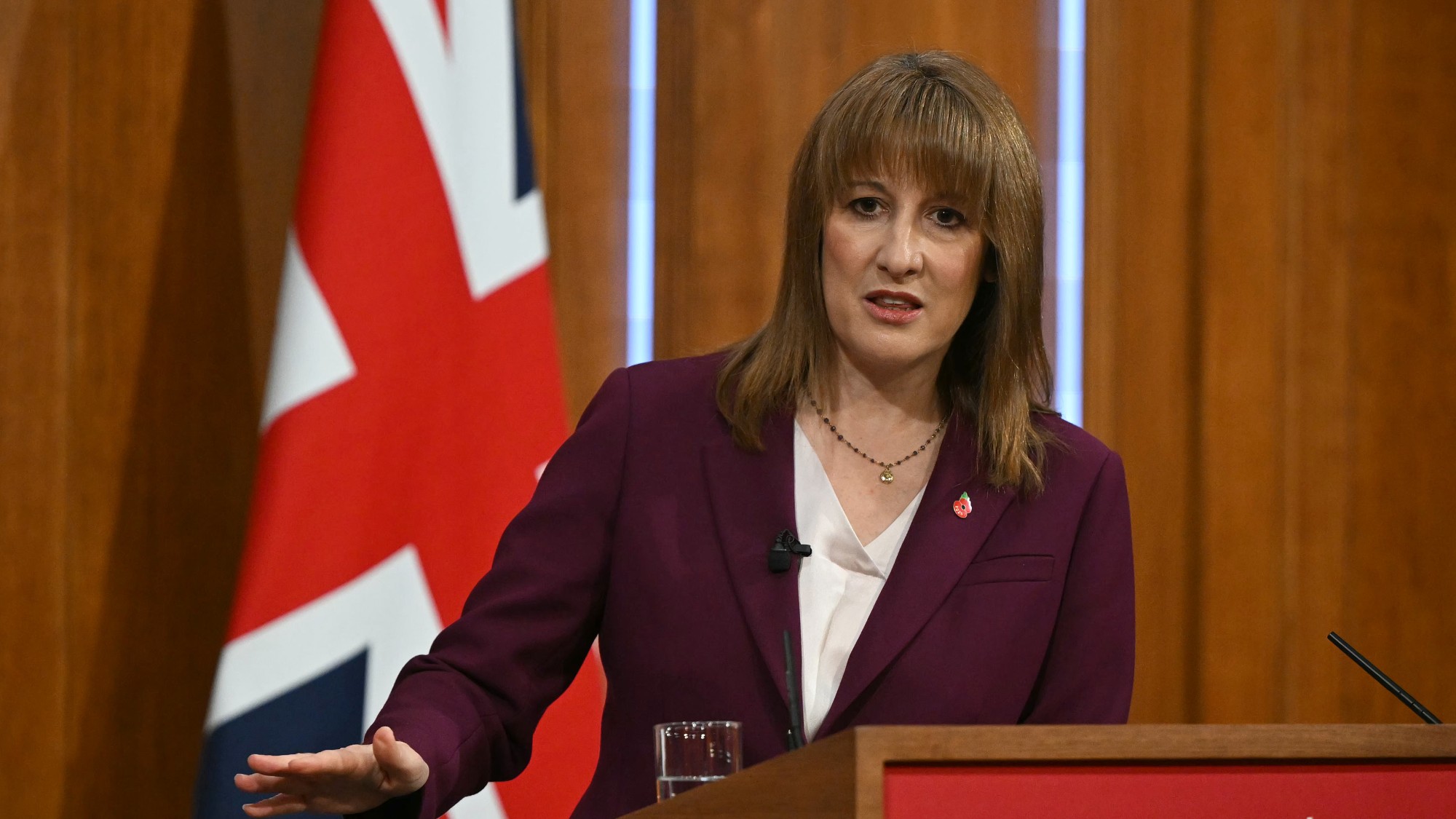 Will Rachel Reeves’ tax U-turn be disastrous?
Will Rachel Reeves’ tax U-turn be disastrous?Today’s Big Question The chancellor scraps income tax rises for a ‘smorgasbord’ of smaller revenue-raising options
-
 Will the public buy Rachel Reeves’s tax rises?
Will the public buy Rachel Reeves’s tax rises?Today’s Big Question The Chancellor refused to rule out tax increases in her televised address, and is set to reverse pledges made in the election manifesto